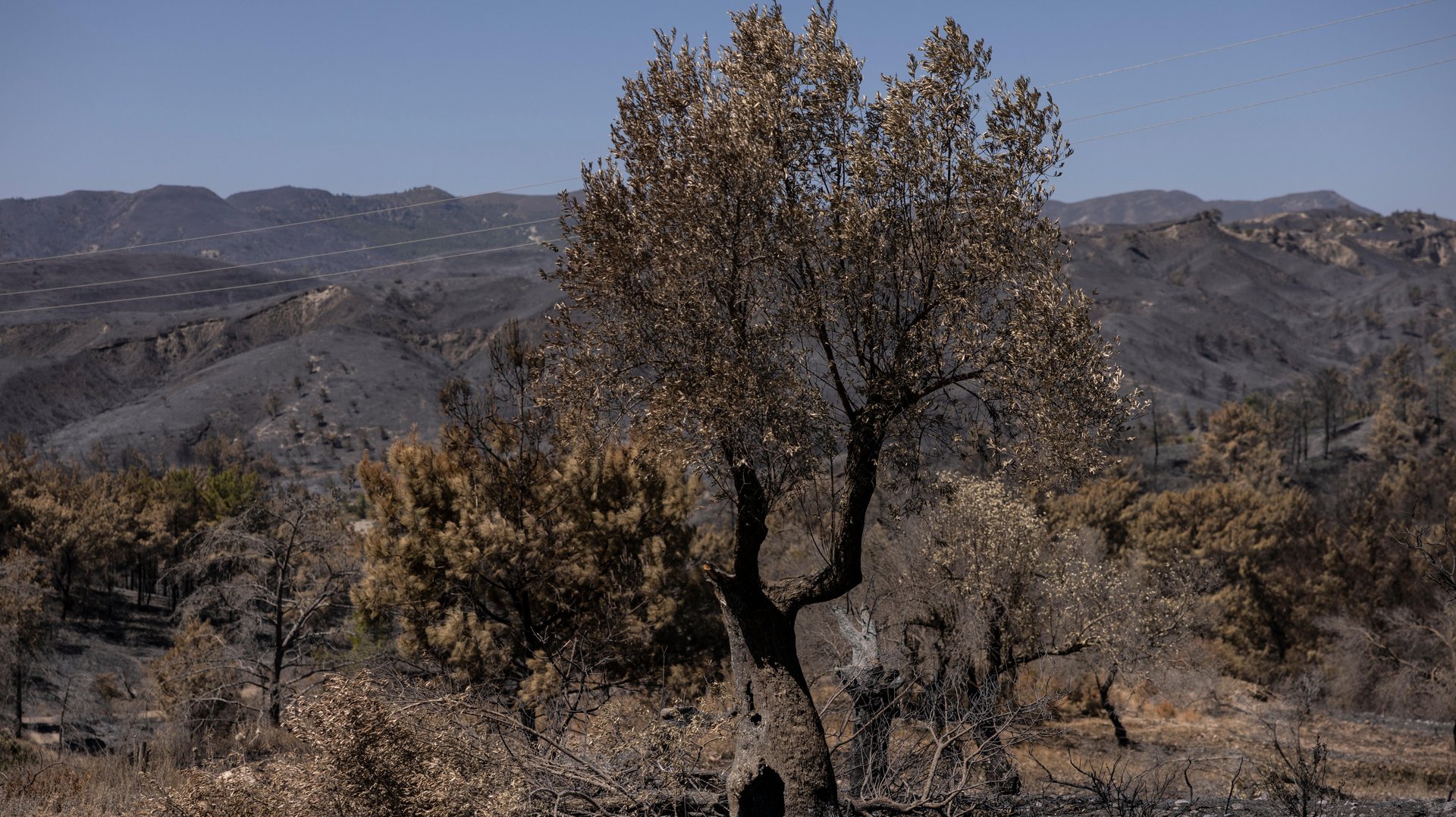Drought is driving olive oil prices to staggering new heights
The cost of olives has spent the last two years skyrocketing because of climate change

If you’ve been wandering the aisles of your local grocery store wondering why olive oil has gotten so much pricier than you remember, the answer is climate change.
Suggested Reading
Climate change is making its mark on Spanish olive harvests, and that in turn has driven the cost of its most famous end-product to near-record levels. One gauge of olive oil prices tracked by the International Monetary Fund is double what it was just two years ago, to nearly $10,000 a metric ton.
Related Content
During a February earnings call, Tricia Tolivar, CFO of the bowl-food chain Cava, told analysts asking about why slower inflation wasn’t trickling down to the company’s cost-of-goods-sold that olive oil was partly to blame.
“Olives and olive oil were impacted by an unseasonably warm climate or temperatures overseas in Europe where we secure our products that have some impact overall,” she said. “So we wanted to take that into account as we’re thinking input costs.”
It’s not that there’s been sudden surge in demand for olive oil — it’s just that there isn’t enough to satisfy the customers already around. As Sam Beaton, CEO of Australia’s Cobram Estate Olives put it in a February earnings call: “We’ve got so much demand at the moment for our olive oil that unfortunately can’t support that demand.”